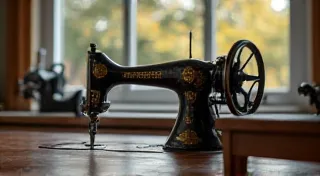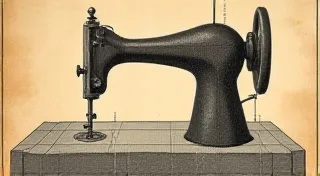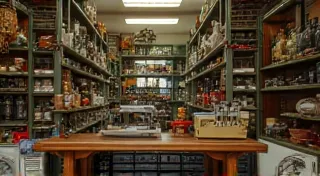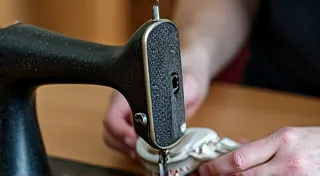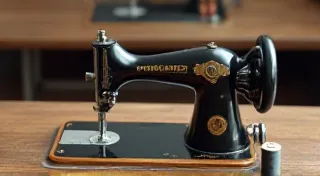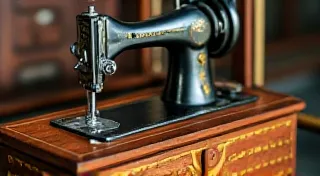The Singer Black Patent Sewing Machine: A Rare and Prized Find
The rhythmic click and whir of a vintage sewing machine evokes a powerful sense of nostalgia, doesn't it? It’s a sound woven into the fabric of our history, conjuring images of diligent seamstresses, bustling workshops, and the comforting creation of handmade garments. While many antique sewing machines hold a certain charm, there's one that reigns supreme in the collector’s world: the Singer Black Patent sewing machine. More than just a machine, it's a tangible piece of ingenuity, a testament to the dawn of mass production, and a window into a fascinating era of American innovation.
My own fascination with antique sewing machines began with my grandmother. I remember, as a child, being mesmerized by her treadle Singer, a sturdy workhorse from the early 1900s. The smell of oiled metal and the gentle hum as she guided fabric beneath the needle felt like stepping back in time. Little did I know then that this early exposure would spark a lifelong passion, eventually leading me on a quest to understand the significance of the elusive Black Patent.
The Genesis of an Icon: Elias Howe and the Black Patent
To appreciate the Black Patent’s significance, we need to journey back to the mid-19th century. Elias Howe, a pivotal figure in sewing machine history, secured his first patent for a sewing machine in 1846. However, his initial designs faced challenges in commercial viability. While Howe’s machine was revolutionary, it wasn't until Isaac Singer entered the scene that the true potential of the sewing machine began to be realized. Singer didn't invent the sewing machine itself, but his business acumen and innovative design modifications transformed it into a household staple.
The "Black Patent" moniker refers to the Singer Manufacturing Company’s first sewing machine model, patented in 1851. Its distinguishing feature was the use of hard rubber (ebonite) for the main body—a radical departure from the traditional wood or metal construction of earlier machines. The black ebonite, produced using a complex and expensive process, represented a significant investment for Singer. It wasn't just about aesthetics; the ebonite provided remarkable durability and resistance to wear and tear, qualities highly valued in a rapidly industrializing nation.
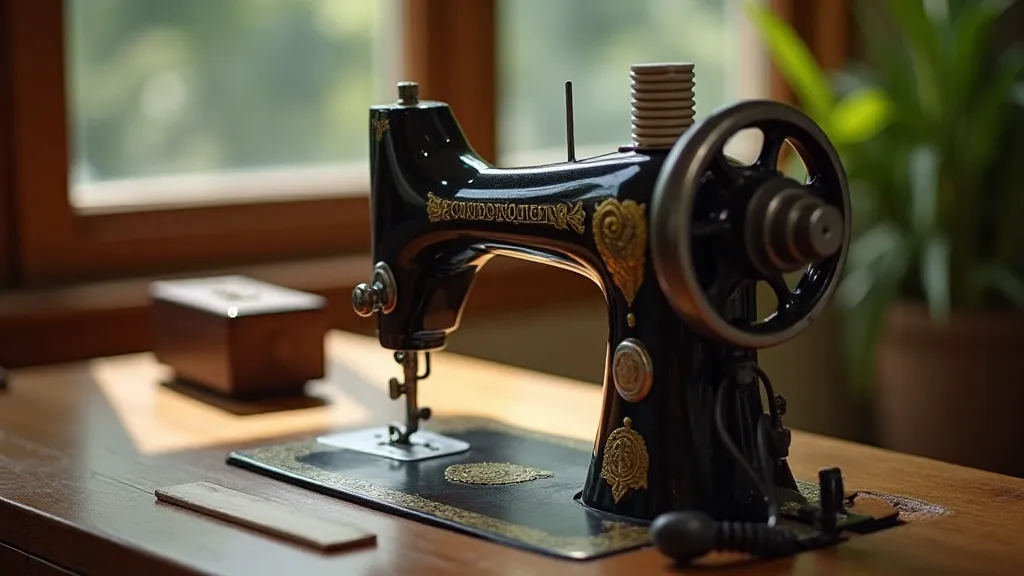
Why is the Black Patent So Rare?
Here’s the heart of the collector’s obsession. The Black Patent machines were manufactured for a relatively short period, from approximately 1851 to 1855. Production numbers were limited compared to later Singer models, and the expense of the hard rubber made them less commercially viable in the long run. Singer quickly transitioned to iron and later, painted cast iron, as more cost-effective materials. As a result, very few Black Patent machines survived—most were discarded or broken down for their parts.
The survival rate is further compounded by the fact that these early machines were often used extensively. The ebonite, while durable, wasn't immune to the wear and tear of daily use, and many succumbed to cracks, chips, and discoloration over time. Finding a Black Patent in decent condition is akin to discovering a piece of lost treasure—a testament to both the machine's inherent quality and the enduring efforts of those who preserved it.
The Artistry and Craftsmanship
Beyond its rarity, the Black Patent possesses a unique aesthetic appeal. The smooth, dark sheen of the ebonite is strikingly elegant, and the intricate details of the original design—the delicate ornamentation, the carefully crafted handwheels, and the distinctive needle bar—speak to a level of craftsmanship rarely seen in modern manufacturing. Each machine was essentially hand-assembled, showcasing the skill and dedication of the factory workers.
Consider the artistry involved in shaping the ebonite. It wasn't simply poured into a mold; it required skilled artisans who could manipulate the material with precision, ensuring a flawless finish. The quality of the components – the gears, the levers, the needles— was also exceptional, reflecting Singer's commitment to producing a reliable and durable product. This isn't just a machine; it’s a work of art.
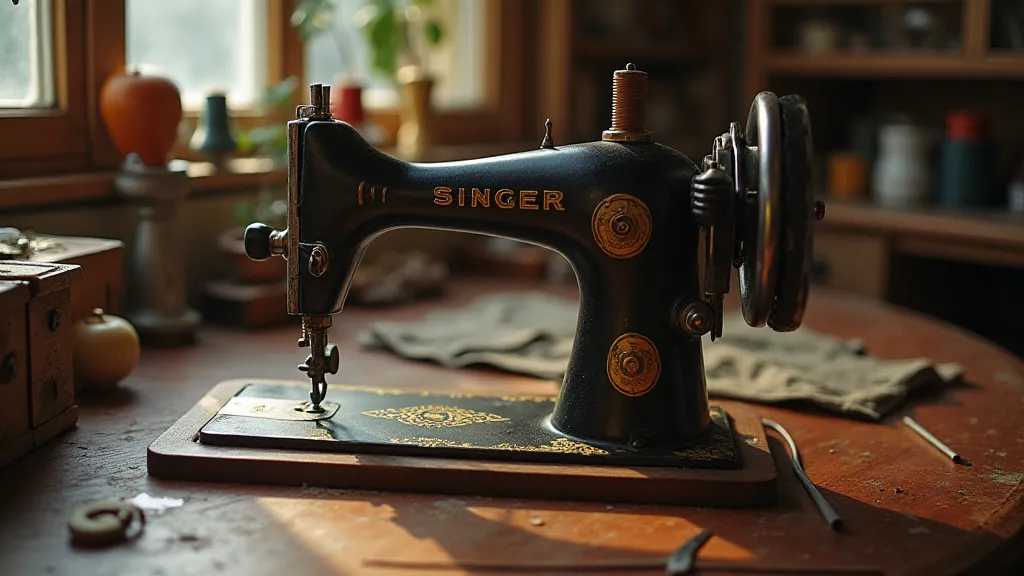
Collecting and Restoration: A Passionate Pursuit
For serious collectors, acquiring a Singer Black Patent is the ultimate goal. Prices can vary considerably depending on condition and completeness, but even a machine in need of restoration can command a substantial sum. The quest isn't always about finding a pristine example; many collectors are drawn to the challenge of restoration, carefully bringing these historical treasures back to life.
Restoration is a delicate process, requiring not only mechanical expertise but also a deep understanding of the machine’s original construction and materials. Authenticity is paramount; using incorrect parts or applying inappropriate finishes can significantly diminish the machine's value and historical significance. Many collectors join online forums and connect with experienced restorers to share knowledge and best practices.
It's more than just a hobby; it's a connection to the past, a way to honor the ingenuity and perseverance of those who came before us. When I restored my own Black Patent – a process that took several months – it wasn't just about fixing a machine; it was about preserving a piece of history, about bringing a silent story back to life.
The Legacy Continues
The Singer Black Patent sewing machine represents a pivotal moment in industrial history. It’s a symbol of innovation, mass production, and the dawn of a new era. While these machines may be rare and prized possessions today, their legacy continues to inspire and fascinate. Every whir of a vintage Singer evokes the stories of the women and men who relied on these machines to create, to provide, and to build a better world.

More than just a machine, the Singer Black Patent is a testament to human ingenuity and a tangible link to our past. It's a piece of history that continues to resonate with collectors, historians, and anyone who appreciates the beauty and craftsmanship of a bygone era.
